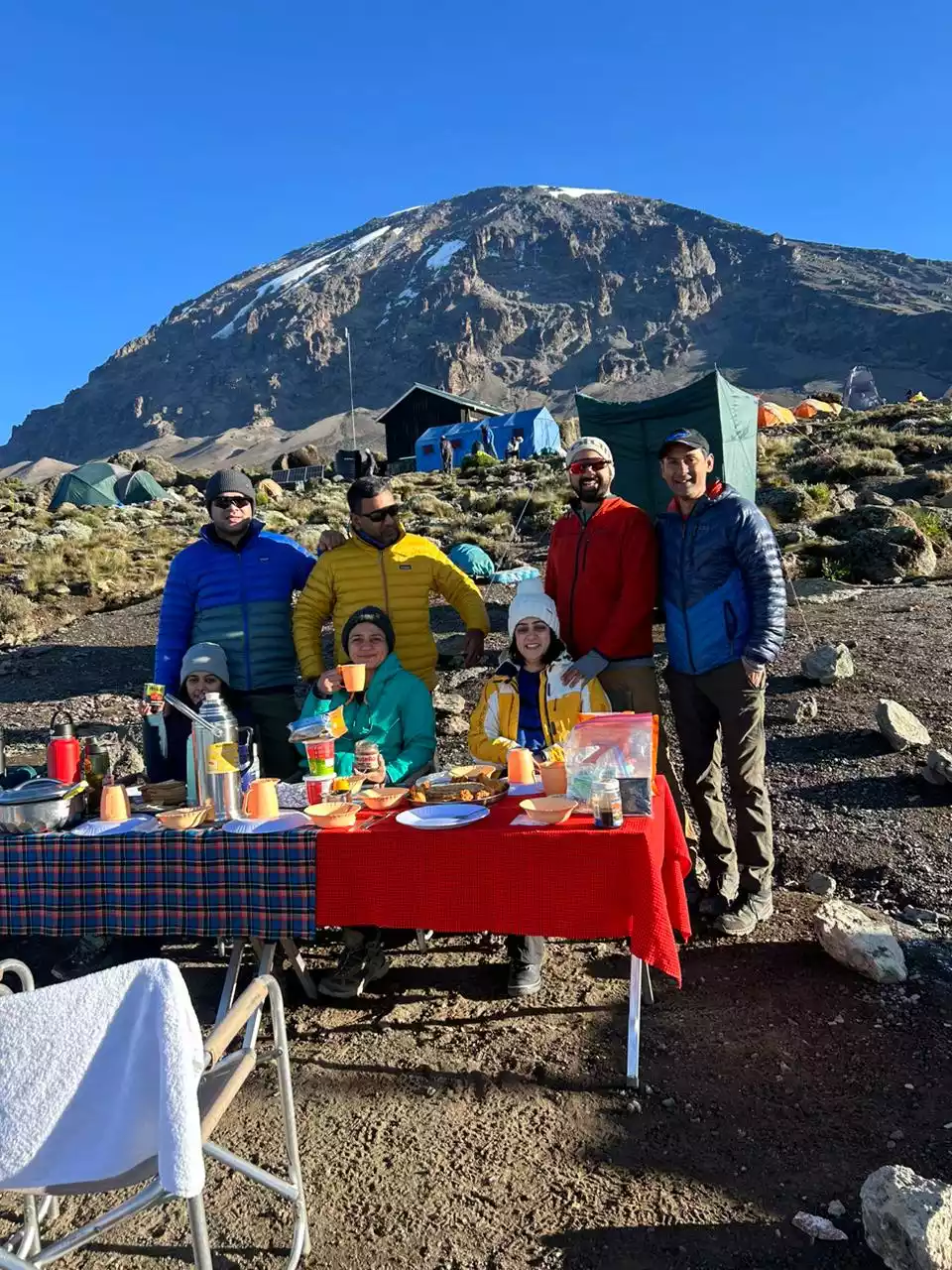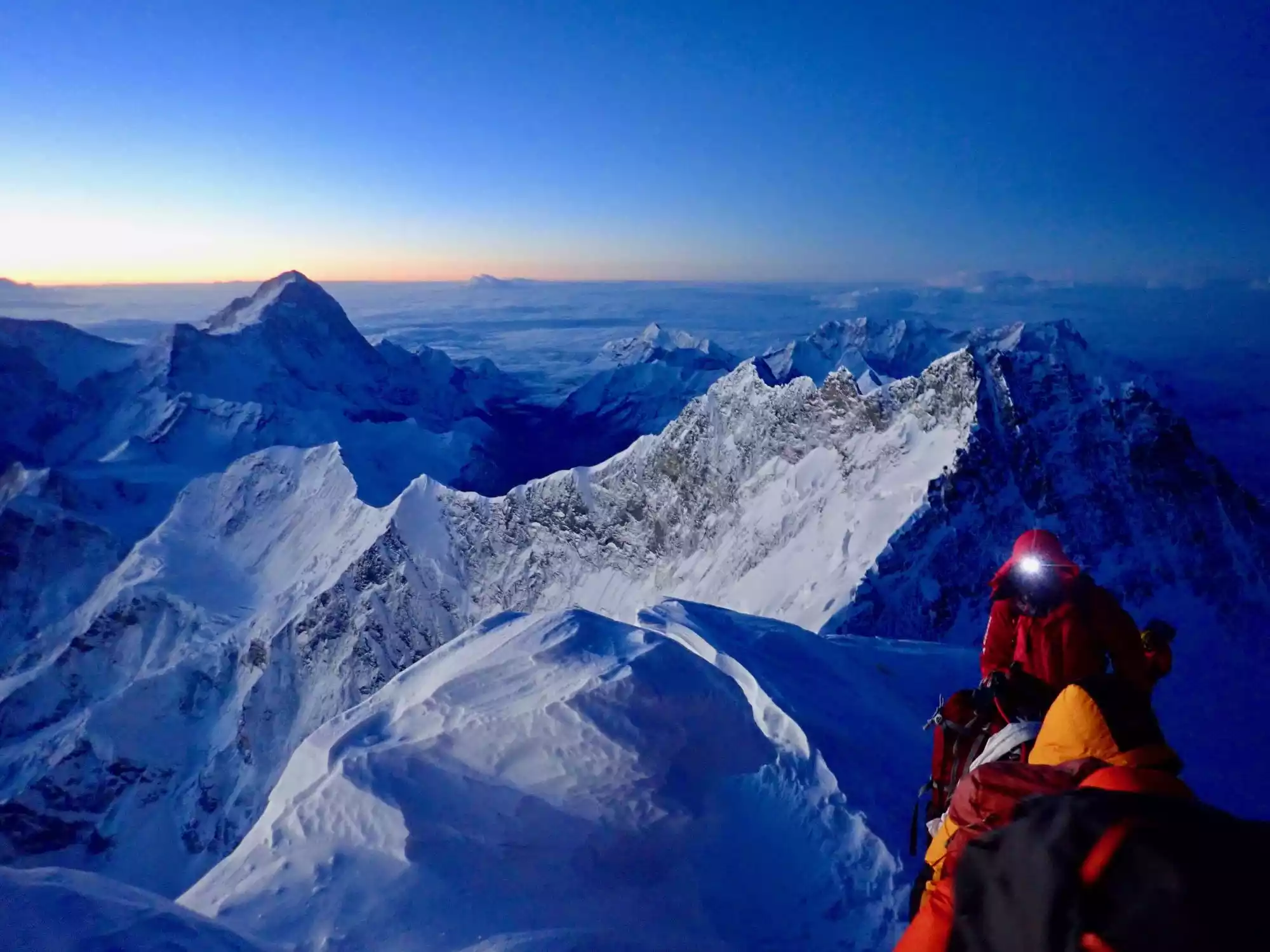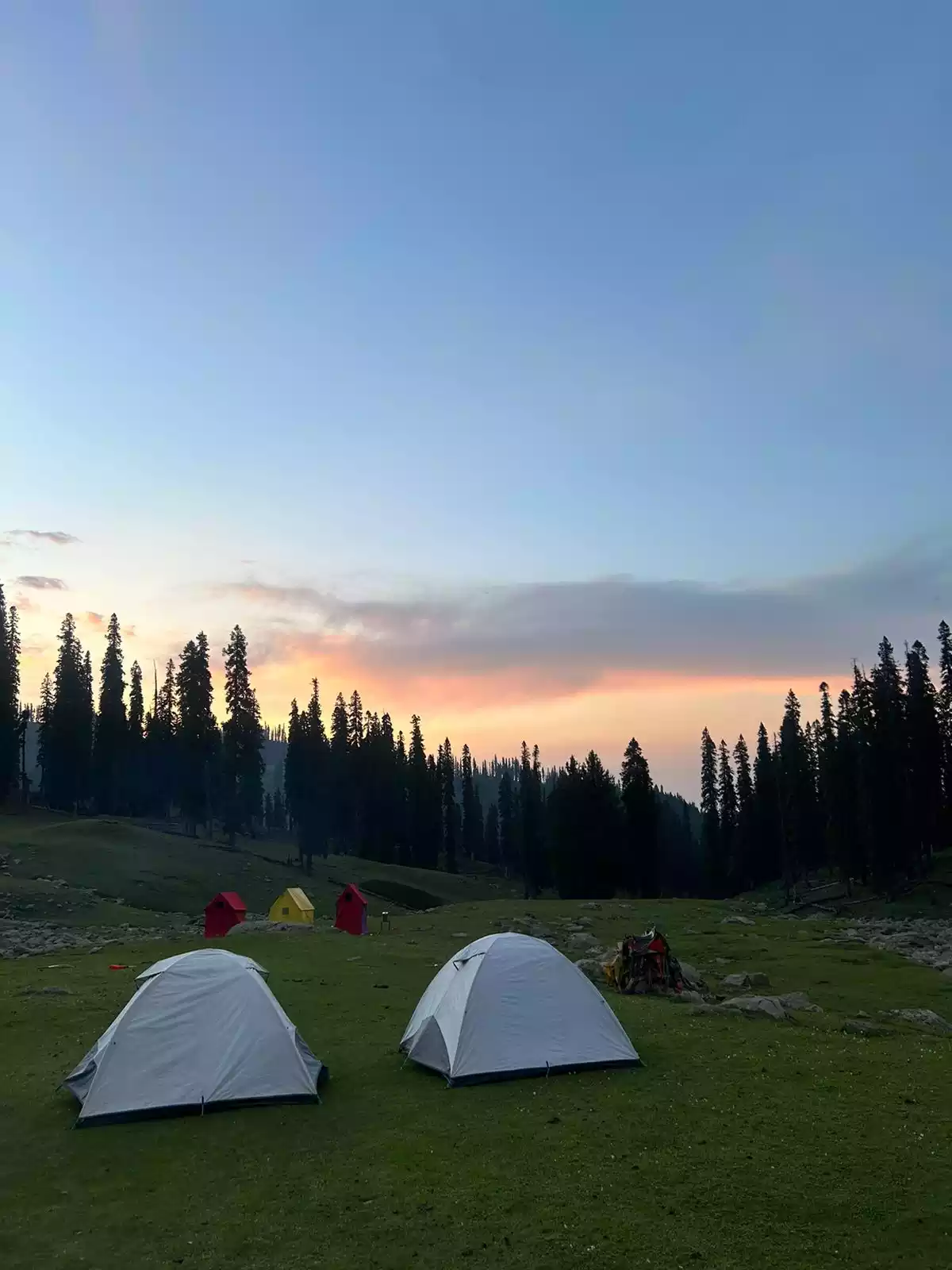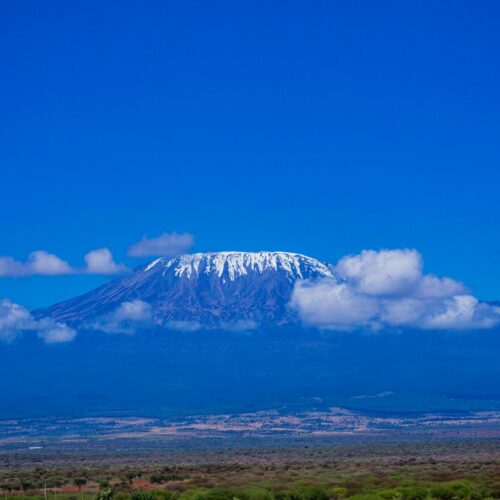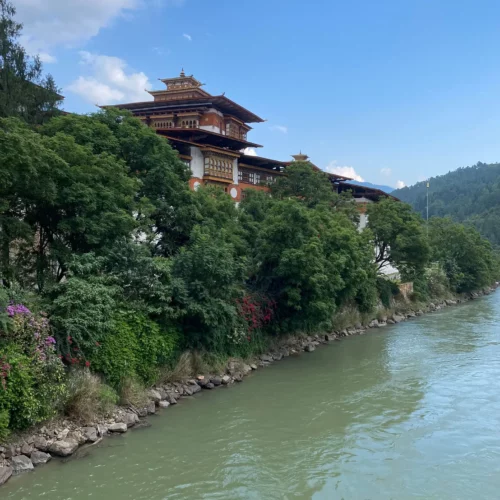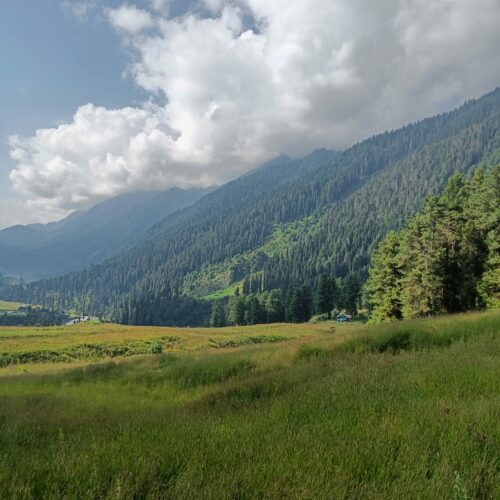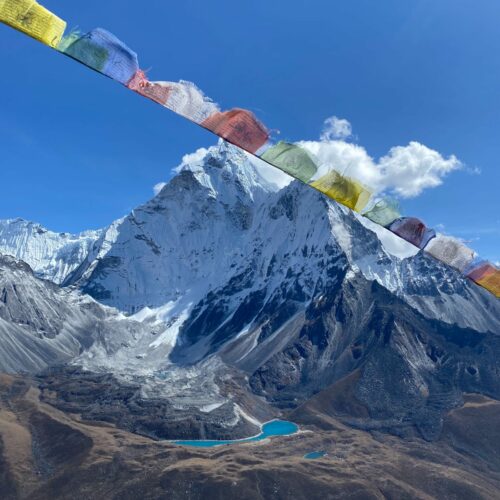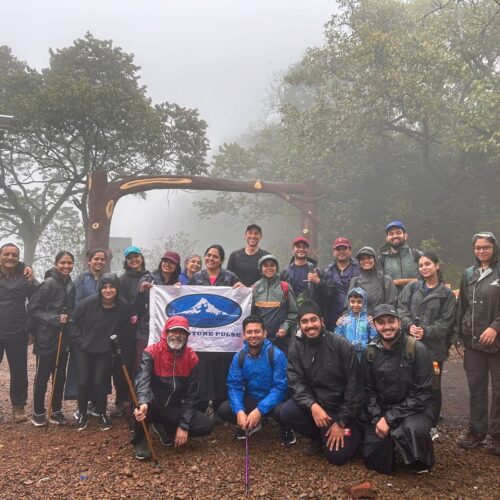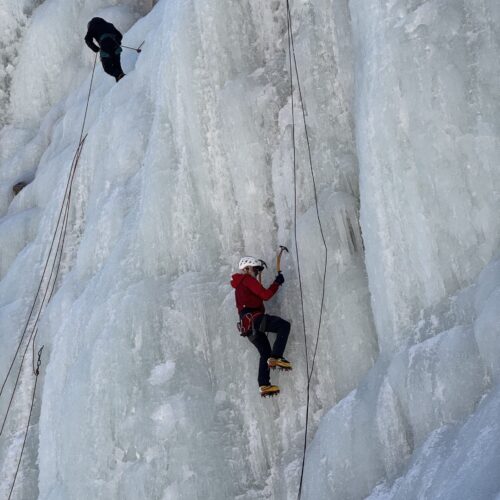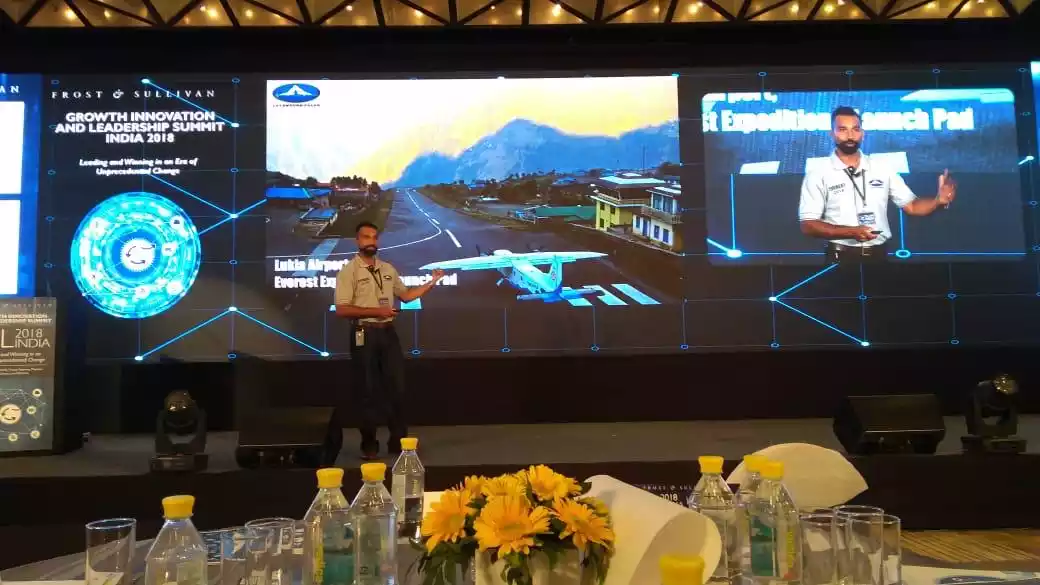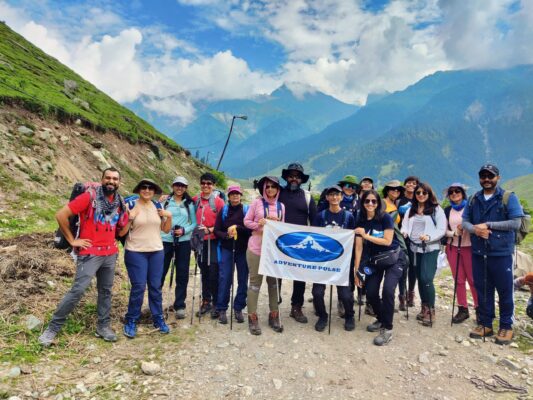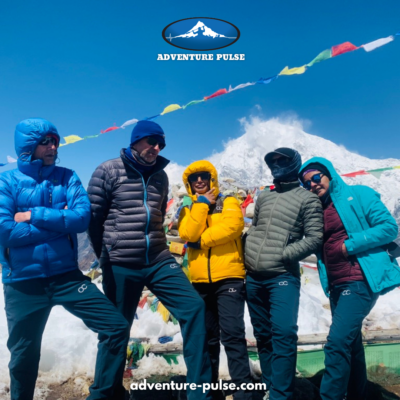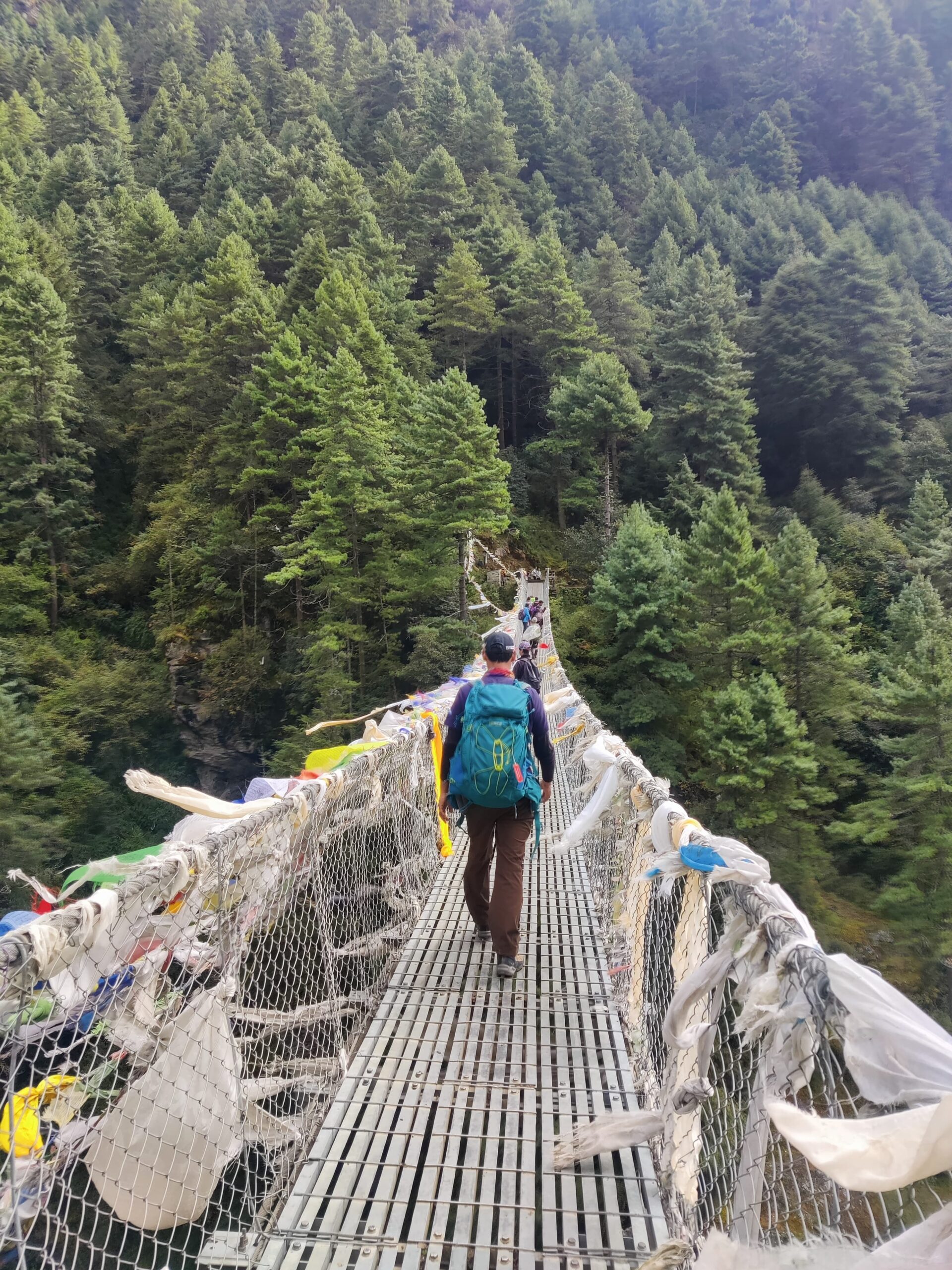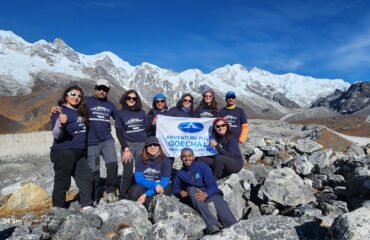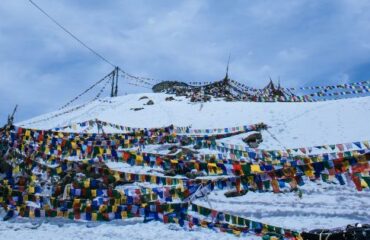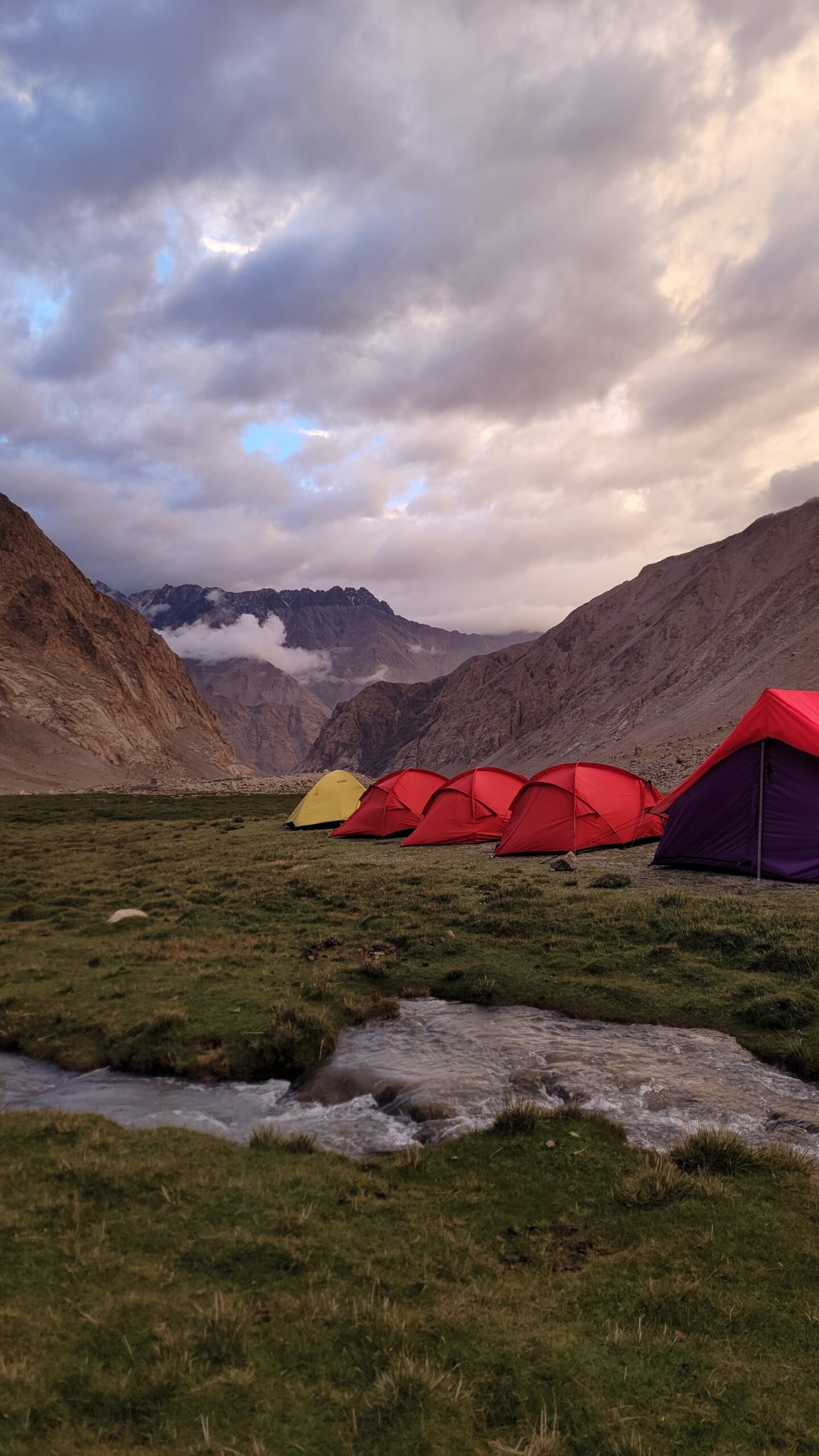
The Nubra Valley Trek – Traversing the Silent Valleys of Ladakh!
Ladakh, often called the “Land of High Passes,” is a unique region in the northernmost part of India. This high-altitude desert, bordered by the majestic Himalayas and the Karakoram Range, offers a blend of rugged mountains, serene valleys, and vibrant Buddhist culture. Among its many treasures is the Nubra Valley, often referred to as Ldumra, or the “valley of flowers.” It is located about 150 km north of Leh, the capital of Ladakh. Here, the Nubra river meets the massive Shyok and this passage to this stunning region is via one of the the world’s highest motorable passes, Khardung La, which stands at an impressive 18,380 feet.
The Nubra Valley or Lasermo La Trek is a crossover from the arid landscape synonymous with Leh to a valley akin to a hidden oasis. Alpine pools, shimmering lakes and green grazing grounds make it nothing short of a portal from one world to another!
Nubra Valley Trek: An Overview
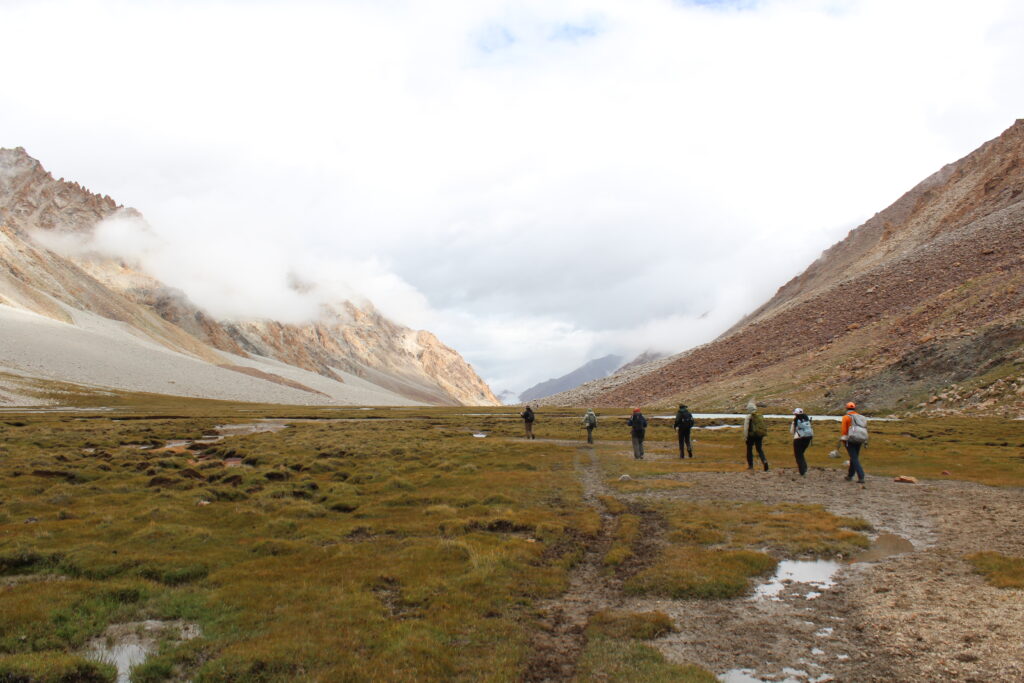
Locally known as the Lasermo La Trek, the Nubra Valley trail was originally an ancient trade route and the primary mode of travel between the Indus & Shyok river valleys. The Lasermo La, at 5450m is one of India’s highest pass crossings (by foot) and climbing to it is truly an experience of a lifetime. From the bustling terminus of Leh till the Sand Dunes of Hunder, the journey is truly transformative, similar to the change in landscape you quietly witness with each step onward.
The trail offers stunning views of the Stok & Karakoram mountain ranges, with Stok Kangri being a constant companion as you begin your odyssey.
With Leh located at an elevation of 3500m and the village of Morobuk which is the starting point at 4000m, even attempting this trek is no easy feat. It’s a trail best suited for those with a decent amount of high altitude experience and an ability to endure a truly challenging pass crossing combined with extremely long walks on moraine and glacial terrain.
Along the way, there is no dearth of culture and heritage you can experience.
The trek begins with a visit to the Phyang Monastery and culminates with respects paid at Diskit Gompa. Amidst it all you also get a taste and sight of the traditional Ladakhi way of life. And right as you reach Hunder, the famous double-humped Bactrian camels await.
Major Highlights of the Nubra Valley Trek:
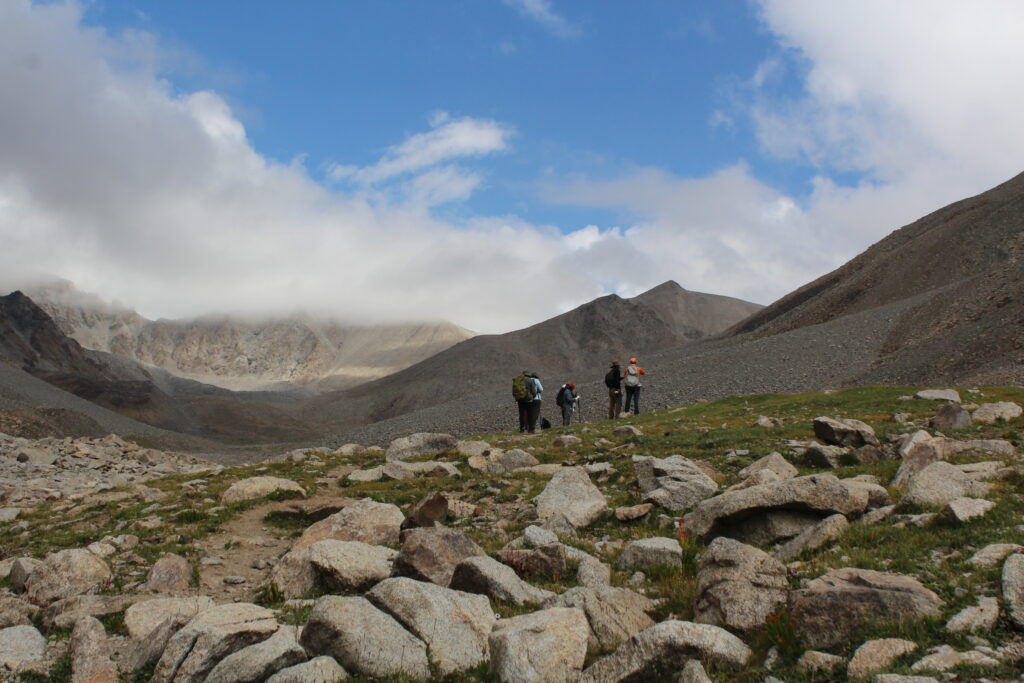
-
Pass Crossing: Conquer the high and windswept Lasermo La (5,450 m), where each step unveils vast views of the Ladakh and Karakoram ranges. The crossing is both a challenge and a quiet triumph in the thin mountain air.
-
Cultural Heritage: Walk through timeless Ladakhi villages and ancient monasteries like Phyang and Diskit, where prayer flags ripple against stone and silence, echoing the region’s Buddhist roots.
-
Stark Landscape Shift: Traverse a world of contrasts, from the barren ochres of the Indus valley to the green pastures and sand dunes of Ldumra, the Valley of Flowers. Every day feels like entering a new realm.
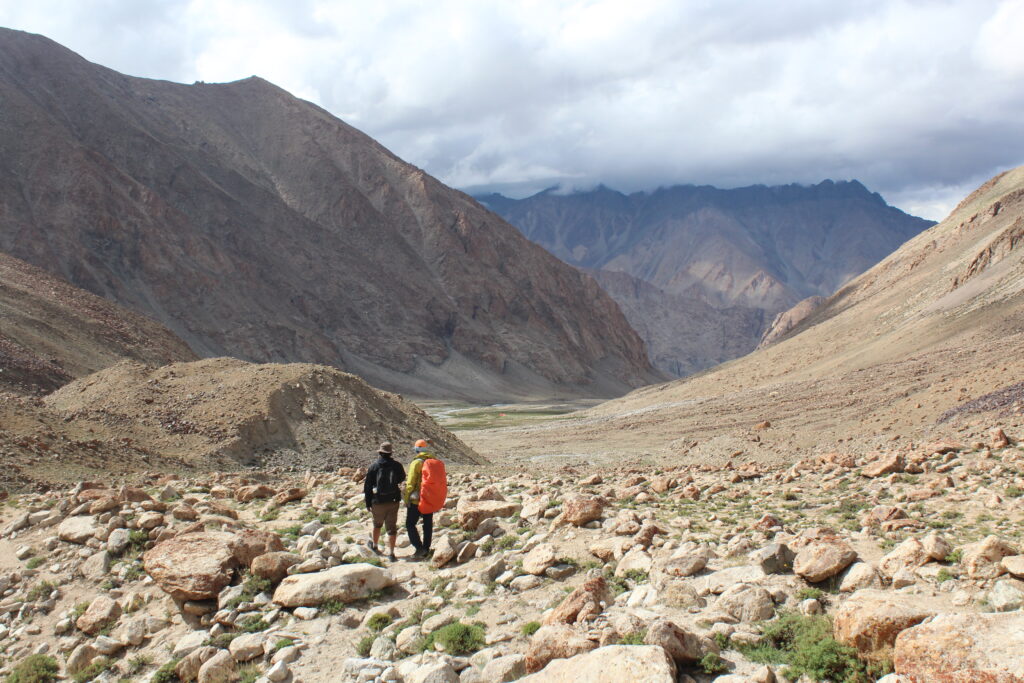
-
Flora & Fauna: Spot marmots sunning on rocks, lammergeiers circling high, and bursts of wildflowers defying altitude. Life here thrives quietly amid ice and wind.
-
Charm of an Offbeat Trail: Far from the crowds, this path feels untouched and deeply personal. Remote camps and silent valleys make solitude your most constant companion.
-
Night Skies: As darkness falls, the heavens awaken. Galaxies, constellations, and a radiant Milky Way stretch above, turning every night into a lifelong memory.
Explore these sights in detail with pictures here!
What’s the Best Time to do the Nubra Valley Trek?
The ideal time to cross over the Lasermo La coincides with the rest of the trekking season in Ladakh – Late June to Mid September.
During these months, the weather is much more stable than any of the off season months. Moreover, the off season months not only increase the possibility of encountering rains and landslides but are also much colder, making the overall experience harsh.
Given the altitude of the pass, it becomes all the more necessary to pick the most optimum period to avoid dangerously high snow and ice levels above 5000m which can severely increase the challenge and objective dangers of the high mountains.
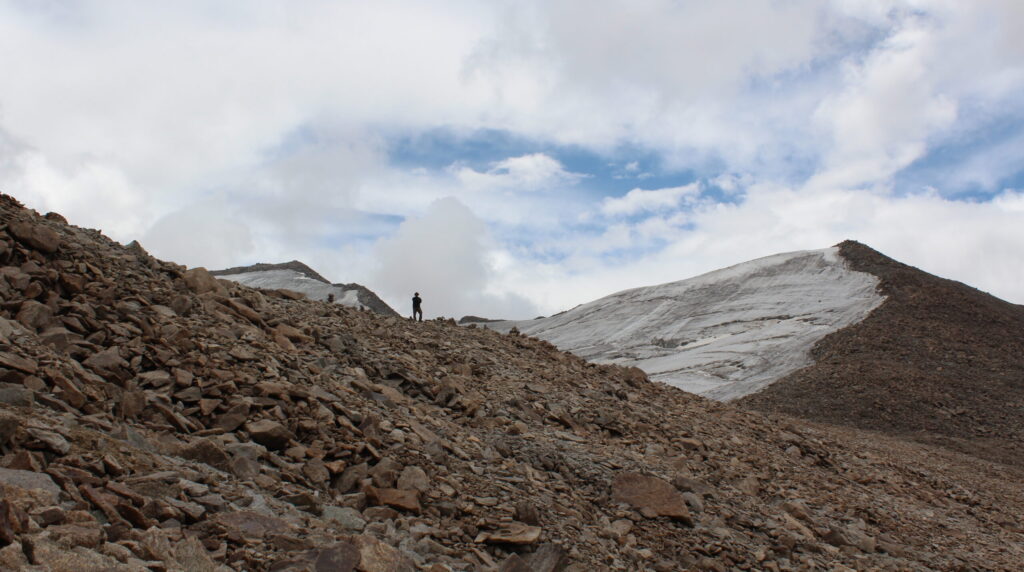
How does the trek Itinerary unfold?
- Day 1: Arrival in Leh and stay overnight in hotel. (3500m)
- Day 2: Rest and acclimatization in Leh. Overnight in Hotel. (3500m)
- Day 3: Drive from Leh to Morobuk Campsite via Phyang Monastery (4000m)
- Day 4: Morubuk (4000m) to Sumzom (4600m)
- Day 5: Sumzom (4600m) to South Base of Lasermo La (4950m)
- Day 6: South Base of Lasermo La (4950m) to North Base of Lasermo (4850m) via Lasermo La (5450m) |
- Day 7: North Base of Lasermo La (4850m) to Hunder Dok Campsite (4400m)
- Day 8: Hunder Dok Campsite (4400m) to Hunder Dok (3800m) and Drive to Hunder (3050m). Overnight at hotel in Hunder.
- Day 9: Drive from Hunder to Leh (3500m) Overnight in Hotel at Leh.
- Day 10: Departure from Leh (3500m)
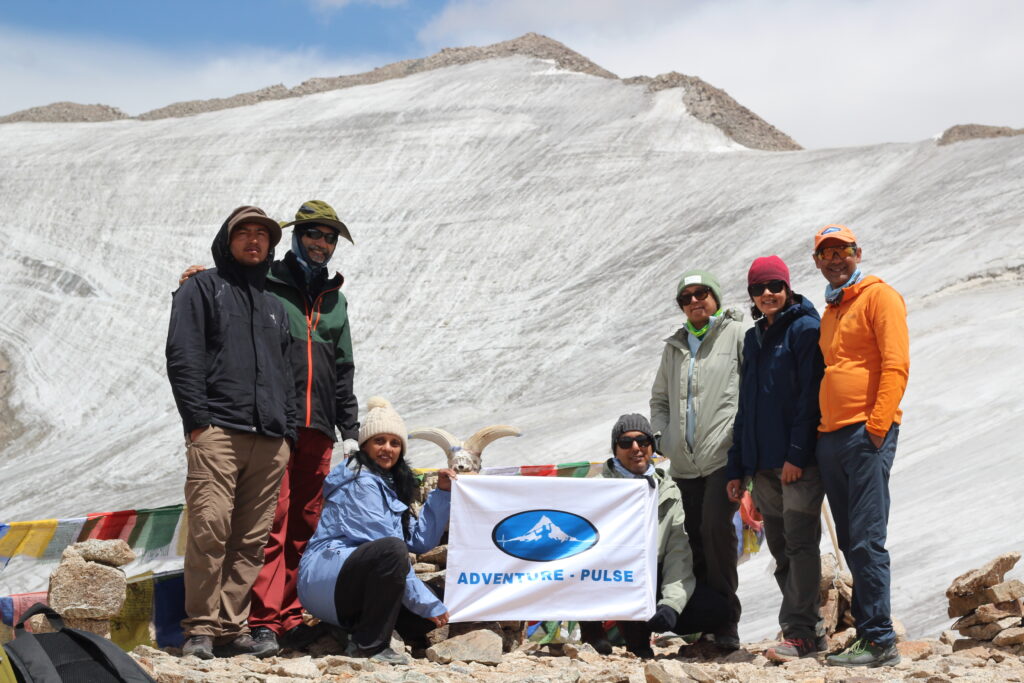
Where does this Trek Begin & End ?
The Nubra Valley Trek can be undertaken north to south (from Hunder to Phyang) or in reverse, depending on your choice.
- The northern approach (from Nubra to Leh) is a gradual ascent to the pass but with the caveat of a much longer part of the trail on moraine and glacial terrain which is harder to navigate and objectively riskier.
- The southern approach (which Adventure Pulse prefers) is relatively steeper but considered safer, with a smaller and more manageable moraine section. Additionally, the distance each till you cross the pass are also much shorter allowing a better chance of acclimatization.
For ease of understanding we’ll consider the south to north route.
Most trekkers begin their journey at Morobuk village, after a short visit to the serene Phyang Monastery, marking an auspicious start.
We gradually ascend toward the high pass with pitstops at the Sumzom & South Base campsites. The long pass day takes us to the Northern Base followed by the most picturesque campsite of Hunder Dok (a few hours above above the village where our journey eventually ends).
Hunder Dok is a remote settlement overlooking the Nubra Valley, from where a short drive takes you to Hunder, known for its sand dunes and the confluence of mountain and desert landscapes.
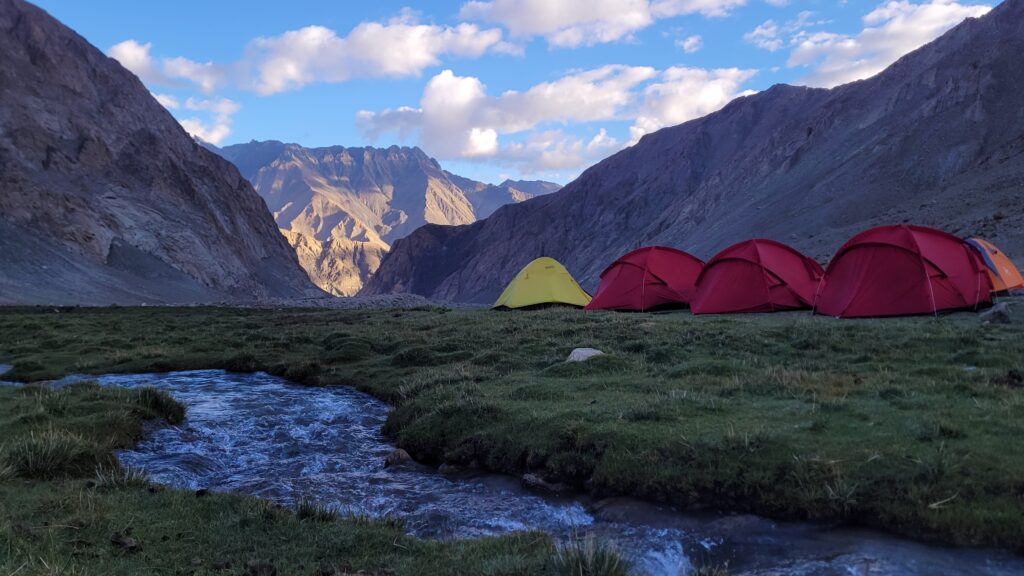
How long is the Nubra Valley Trek and what is its Elevation Profile?
The total duration of the trek is 10 days, including the first 2 days in Leh for acclimatization to the extremely high altitude of Ladakh.
The next 6 days of actual trekking cover approximately 55kms from Morobuk to Hunder Dok before we drive back to Leh over Khardung La.
Below is a short summary but you can find out what each day brings in our detailed blog on this section.
Days 1–2: Acclimatization in Leh (3,500 m): Two nights in Leh for rest, hydration and light walks.
-
Day 3: Drive from Leh to Morobuk (4,000 m) – Trekking Distance: 1–2 km (short acclimatization hike around the village) : Altitude Gain: +500 m (by road) : includes stops at Patthar Sahib Gurudwara and Phyang Monastery.
-
Day 4: Morobuk (4,000 m) to Sumzom (4,600 m): Distance: 8–9 km : Altitude Gain: +600 m : steady climb through high pastures. expect 5–6 hours at a slow, steady rhythm.
-
Day 5: Sumzom (4,600 m) to South Base of Lasermo La (4,950 m): Distance: 6–7 km : Altitude Gain: +350 m : shorter day but rugged boulder sections and a few river crossings; South Base is the trek’s highest campsite and can be quite chilly/windy.
-
Day 6: South Base (4,950 m) to North Base (4,850 m) via Lasermo La (5,450 m): Distance: 14 km : Altitude Gain: +500 m (to the pass) then -600 m descent : the defining, hardest day. Long scree/moraine climb to 5,450 m and a careful, icy/moraine-heavy descent on the north slopes.
-
Day 7: North Base (4,850 m) to Hunder Dok Campsite (4,400 m): Distance: 18 km : Altitude Loss: -450 m : longest walking day (8+ hours); gradual descent through alpine meadows, pastures and tarns.
-
Day 8: Hunder Dok Campsite (4,400 m) to Hunder Dok Village (3,800 m), Drive to Hunder (3,050 m): Distance: 6 km trek + 15 km drive : Altitude Loss: -600 m (trek), -750 m (drive) : easy 3-hour walk, then 90-minute drive to Hunder.
Days 9–10: Return to Leh via Khardung La (3,500 m): Road return over Khardung La; arrival and final night in Leh.
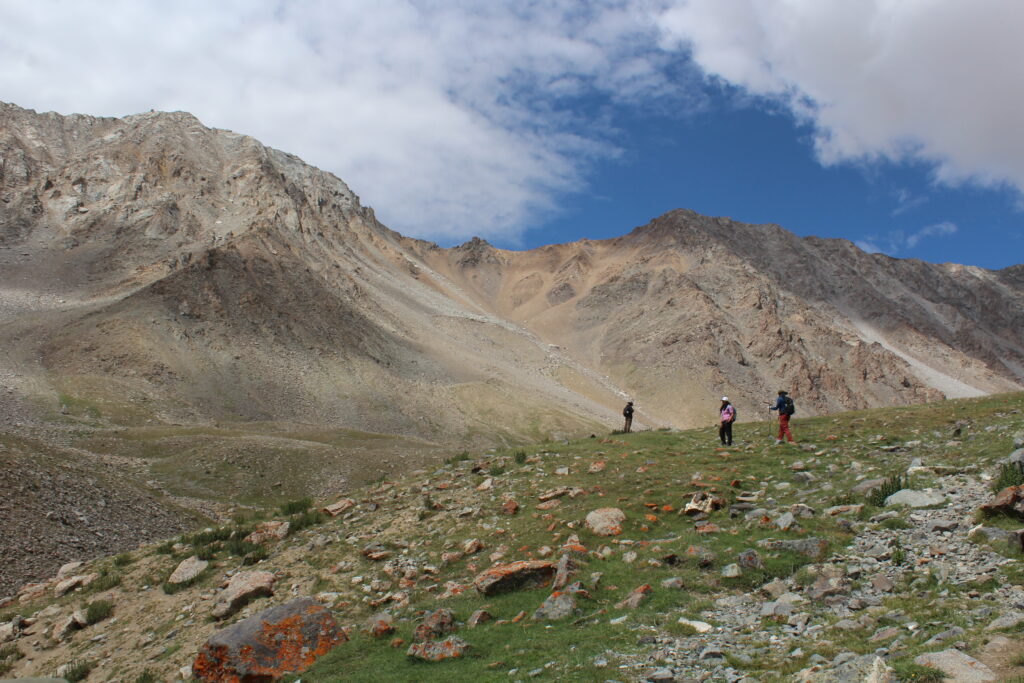
Temperature During the Trek
During the day, temperatures are generally pleasant, especially when the sun is out. Expect daytime temps to be as high as 20°C in the lower sections, with the lowest during the day (due to clouds or wind chill) around 9–10 °C.
At night, temperatures typically drop to 5–7 °C, and can fall further to sub-zero depending on wind chill and fluctuating weather conditions.
As you gain altitude, temperatures generally decrease by 2–3 °C for every 500 m of elevation gain.
The Lasermo La pass is particularly exposed and windy. During early morning crossings, temperatures can range from -5 to 5°C, colder than the surrounding valleys, so layering and wind protection are essential.
Note: Mountain weather is unpredictable and localized. It’s strongly recommended to carry at least one warm jacket and a poncho at all times in your daypack.
Make or Break – The Devlishly High Pass Crossing at 5450m
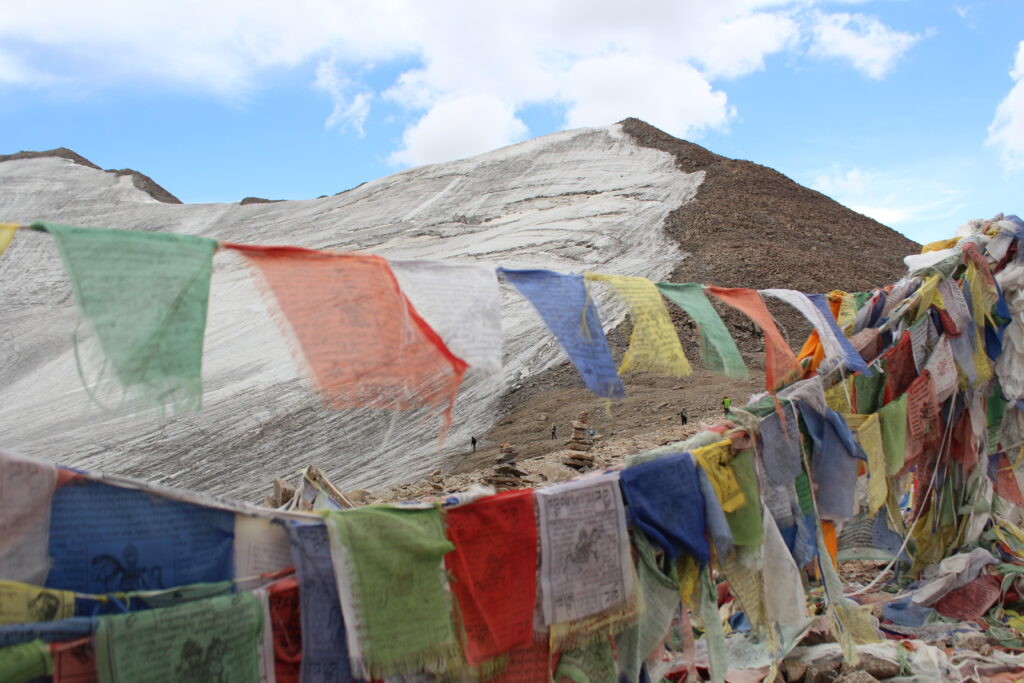
The day of the Lasermo La crossing is nothing short of a test of grit, endurance, and mental reselience.
As the first rays of dawn stretch across the rugged horizon, the initially hidden pass reveals itself after a few kilometers’ walk through a stunning alpine meadow. From here comes the real challenge, a steep and direct ascent where every step is deliberate, the thin air bites at your lungs and the scree and moraine underfoot demanding careful attention.
It is a long, unforgiving climb which takes 5+ hours but with each metre gained, the panorama of Ladakh and Karakoram unfurls in staggering clarity — snow-capped peaks, glacial valleys, and alpine meadows far below, each view a reward for the effort. The pass feels both alive and indifferent, a place where the mountains whisper.
Standing atop is a moment of pure clarity and euphoria. As prayer flags flutter, the consequences of your efforts reveal themselves all around you with giant glaciers and glacial melt running down to feed the valleys below.
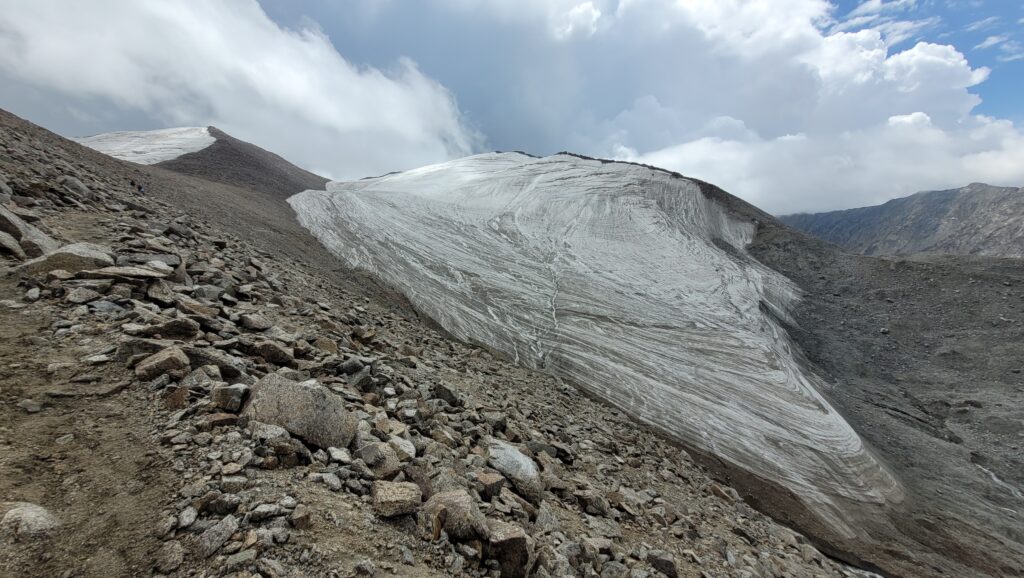
The descent to the North Base and onward to Hunder Dok is equally humbling. After hours of wind-swept exertion over slippery and unstable glacial terrain a tricky moraine patch, the valley opens up all of a sudden, lush and serene compared to the stark high-altitude desert you’ve left behind. The thin line between exhaustion and exhilaration blurs as you finally set foot on gentler terrain, where green pastures and a campsite on the banks of a glacial stream.
Crossing Lasermo La is more than a physical feat — it is a portal from one world into another, a test that transforms the way you see altitude, endurance, and the silent, haunting beauty of Ladakh.
Fitness Required for the Lasermo La Trek
Trekking to Lasermo La is a true test of endurance and spirit. To put it into perspective, the trek begins at an altitude of 4000m which is the height of several passes in neighbouring states of Uttarakhand & Himachal.
This trail is not recommended for first timers and should ideally only be attempted by those who have touched altitudes of 4500m+ and have a solid cardiovascular base combined with experience in the varying and unforgiving terrain of the Himalayas.
Success on this trek comes less from raw strength and more from consistent preparation. A combination of cardio, leg workouts, and practice hikes over uneven terrain will make the climb smoother and more enjoyable.
NOTE: Understand that the fitness required for trekking at such altitudes cannot be gauged by how quick you run a 5km or how much weight you can lift. An all around fitness regimen needs to be followed for at least 8-12 weeks targeted towards building a strong physical and mental foundation with exercises that mimic ascents and descents while allowing you to raise and fluctuate your heart rate.
The Adventure Pulse team will understand your current level of mountain experience and your overall fitness routine before recommending a training plan which allows you to attempt this trek!
What does the Nubra Valley Trek with Adventure Pulse feel like?
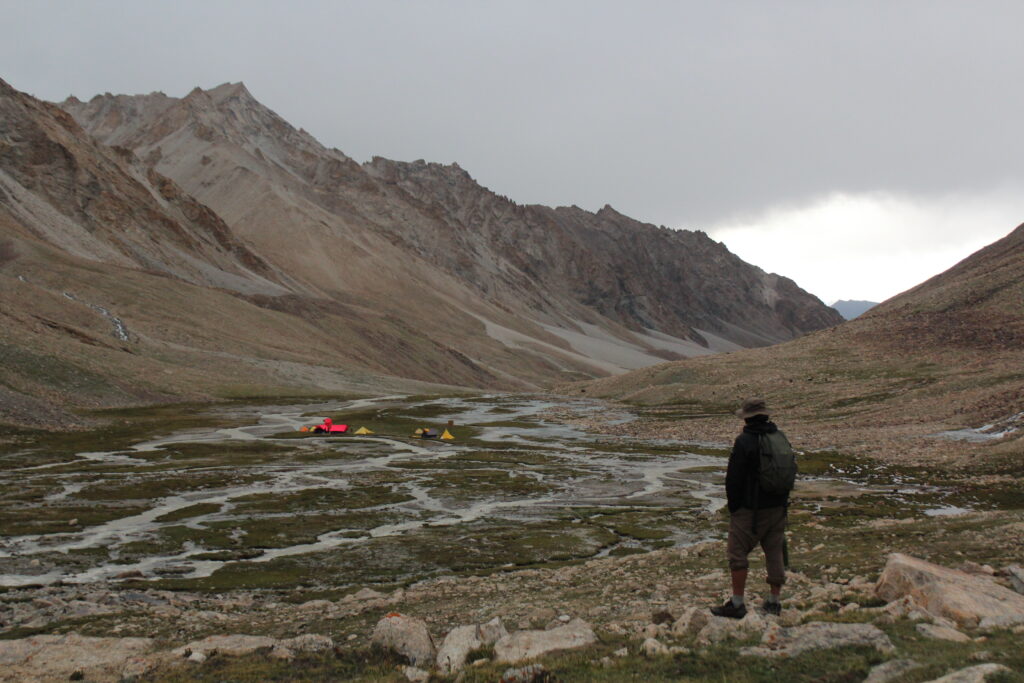
Upon arriving in Leh, we’ll drive you to your hotel for an overnight stay. On this day you’re advised to rest, hydrate and let your body simply adapt. Nothing is more important on Day 1. The following day you can visit Leh Market, Shanti Stupa & monasteries like Thiksey or Spituk to acclimatize further.
To further allow you a better chance of completing and fully enjoying the trek start to finish, Day 3 is an easy one as well. We visit Patthar Sahib Gurudwara and Phyang Monastery before driving to our campsite of Morobuk. No major trekking takes place as we are at 4000m. To further aid acclimatization, we’ll stroll around camp and climb above the village for sunset views of the Stok Range before tucking into your tents after a sumptuous meal!
The next 4 and a half days are a magical journey upwards! Campsites like Sumzom and Hunder Dok feel like literal wallpapers. Meanwhile, the South and North Base of the Lasermo La allow you to experience glacial terrain, from moraine and meltwater which feeds the valleys to an arduous pass crossing which is as exciting as it is exhausting. Amidst it all, we’ll be by your side, as partners in this unique journey through Ladakh’s heartland.
What You Can Expect on our Campsites:
- Spacious 3-man tents shared by two individuals with adequate space for your backpacks and duffels. We always understand that a little comfort goes a long way and also include mattresses, pillows in addition to sleeping sleeping bags and foam mats!
- A lively dining tent where over hot a cup of tea, coffee and soup, we share stories, laugh about the day’s stumbles, mutually admire the landscapes we’re walking across and form bonds for a lifetime.
- The warmest spot of the campsite – our kitchen! Here’s where the real, underrated magic happens. Our team of highly skilled cooks and helpers prepare the nutrition which keeps us going. Simple, warm, fresh meals to keep you fed and smiling.
- Clean and hygienic toilets (pit loos and western bio toilets) to reduce impact on the land and improve sustainability on treks.
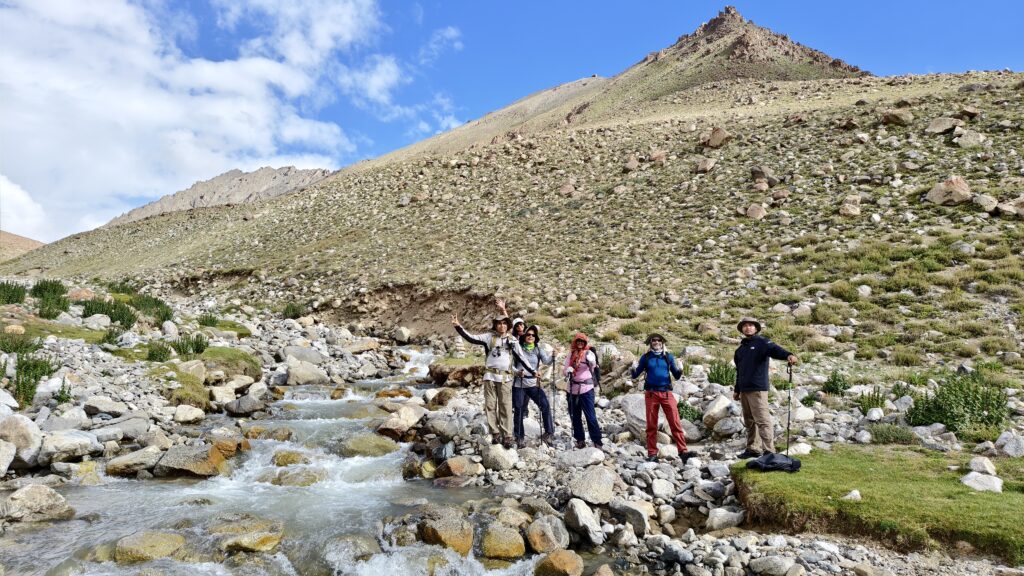
What Will You Be Carrying on the Trek?
We take care of your heavier backpacks which are offloaded right at the beginning. Your personal gear will be carted by mules, leaving you to carry a small daypack with essentials like a light jacket, raincoat, water bottle, and a light packed lunch at times.
Adventure Pulse Support Staff
Each group is accompanied by local guides, who ensure safety and smooth navigation of the trail. Moreover, they are well versed in the history, flora and fauna and cultural significance of the landscape and are open books to imbibe this knowledge from. Often underappreciated are our backbones – the cook and helpers, who literally and figuratively fuel our climb with some of the most soulful meals you can imagine.
Connectivity on the Nubra Valley Trek
You will mostly be disconnected as network is patchy after the village of Phyang and non-existent on trail till you reach Hunder. Only postpaid network works in Ladakh. BSNL, Airtel & Jio are recommended as VI does not function in this region.
It’s advisable to inform near and dear ones of a 6 day radio silence before you embark from Leh.
NOTE: Given that Ladakh is a border region, regulations by the Indian Army do not permit the use or carry of any kind of satellite devices, walkie-talkies or drones, and are strictly prohibited .
Lasting Memories of the Nubra Valley Trek:
The Nubra Valley Trek isn’t just about crossing a high pass, it’s about stepping over an inner threshold. Somewhere between the first footstep at Morobuk and the last at Hunder, the rhythm of the mountains takes over, measured not by distance, but by breath, silence, and awe.
Each turn of the trail reveals something new: not just in the vastness of Ladakh, but in yourself. You learn patience in the climb, humility in the wind, and gratitude in the quiet that settles when the sun drops behind the Karakoram.
This is a trek that stays with you, in the lungs that remember thin air, in the eyes that can still see the play of light on distant peaks, and in the heart that found stillness in motion.
Because in the end, Nubra isn’t a place you visit, it’s a feeling you carry home.

